Social Emotional Learning Teaching Resources
Are you on the hunt for social emotional learning activities, printable PDFs, and more to bring SEL to life in your primary lessons this school year? The list of academic benefits of SEL instruction is a mile long, and the Teach Starter teacher team has created a robust collection of social and emotional learning resources made with teachers – and your students — in mind.
We've made planning your social-emotional learning lessons simple with printable SEL worksheets and digital social and emotional activities designed specifically for the needs of primary school students. Each resource in this collection has undergone rigorous review by the expert teachers on our team to make sure you'll be comfortable passing them out in the classroom or sending them home in a student's bag.
Pardon us if we're sharing something you already know (feel free to skip right to the social emotional learning activities!), but if you're new to incorporating SEL into your classroom, you may need a quick refresher! Read on for a guide from our teacher team!
What Is Social-Emotional Learning?
The most common social-emotional learning — or social and emotional learning — definition describes SEL as 'the process through which all young people and adults acquire and apply the knowledge, skills, and attitudes to develop healthy identities, manage emotions and achieve personal and collective goals, feel and show empathy for others, establish and maintain supportive relationships, and make responsible and caring decisions.'
It's a bit of a mouthful, but essentially social and emotional learning covers five core competencies:
- Self-Awareness
- Self-Management
- Social Awareness
- Relationship Skills
- Responsible Decision Making

Where Did Social Emotional Learning Come From?
Teachers have been teaching many of the skills that now fall under the social and emotional learning curriculum for centuries. It's always been our goal to help shape little minds to be caring, productive, and engaged citizens.
But the roots of what we now consider SEL can be traced back to a project in the New Haven, Connecticut schools in the United States where school administrators worked with Yale University researchers, parents, mental health workers and teachers to refocus not just the school's academic programs but their social ones too. The project started in the 1960s at two schools considered 'underperforming,' and by the 1980s, these same schools had academic scores that were at the top of American school rankings.
From there, the K-12 New Haven Social Development program was born, establishing a framework for incorporating social and emotional learning into the curriculum. Meanwhile, the non-profit Collaborative for Academic, Social, and Emotional Learning (CASEL) was born in 1994, helping to really bring the term 'social and emotional learning' into the zeitgeist.
CASEL was born out of the New Haven projects and helped shape the official definition of SEL listed above in 1997. It now works to expand SEL in schools around the globe.
Why Is Social-Emotional Learning Important?
Not sure you have time to fit all of this in alongside the standards that you're preparing students to meet? A solid social and emotional learning curriculum will help students with everything from managing emotions and developing coping skills to setting positive goals, engaging in positive relationships and solving problems effectively — all important competencies for your classroom.
The importance of SEL is hard to overstate, but here are a few core benefits:
- Promote mental health and well-being — Teaching social and emotional lessons in the classroom can help students develop the skills they need to manage their emotions, build positive relationships and cope with stress and challenges. It's a small step toward better mental health for all.
- Improve academic performance — There's strong research showing that students who have strong social and emotional skills are more likely to be engaged in learning and perform better academically.
- Create a positive classroom culture — Teaching social and emotional lessons can help create the kind of classroom culture where students feel safe, respected and supported — exactly what we all strive for!
- Prepare students for life after school — Social and emotional skills are essential for success beyond the classroom, be it at home in the immediate future or in uni or the workforce. Teaching these skills helps students be better equipped to handle the challenges they will face.
- Address specific social and emotional needs — Teaching social and emotional lessons can help address students' specific needs, such as building self-esteem, managing emotions and developing empathy for others. This can also help to create a more inclusive and equitable classroom where all students feel respected and valued. It's also good for your overall classroom management.

How to Teach Social and Emotional Lessons
There's little question that there's value in social and emotional learning, but how do you actually teach it? There's no simple answer here, as the exact methodology will differ based on year level, individual student needs and even your classroom dynamics!
That said, here are some strategies from our teacher team to keep in mind as you consider how you're incorporating the components of SEL in your instruction:
- Modelling — This is likely no surprise — we are our students' role models in the classroom for so much. Don't underestimate the value of your own active listening, displays of empathy and self-regulation, and other skills that are essential for your students' social and emotional development.
- Classroom Culture — Establishing a safe and supportive learning environment where students feel respected, valued and empowered goes a long way. Fostering a sense of community, promoting positive communication and encouraging collaboration and teamwork are all helping kids build their SEL quotient!
- Integration — Of course, you can (and should) have explicit instruction on SEL, but you can also incorporate SEL concepts into your core subject lessons. Discuss emotions related to a character in a book or working on group projects that require collaboration and communication. If you're teaching maths, emphasise the importance of perseverance and problem-solving skills. Teaching HAAS? Discuss empathy and the ability to understand different perspectives. It all comes together!
- Free Plan
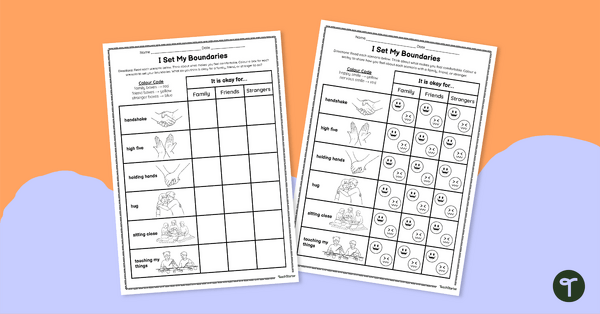
I Set My Boundaries Worksheets
Identify your personal space boundaries with this worksheet set.
- Plus Plan
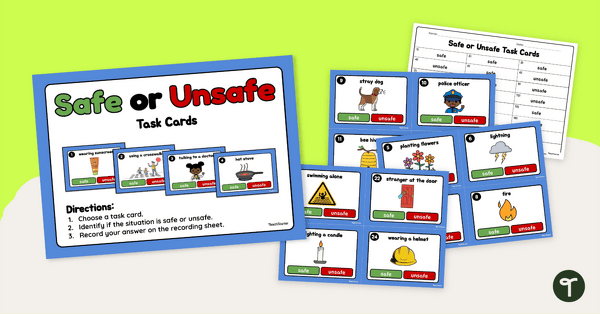
Is It Safe or Unsafe? Task Cards
Explore safe and unsafe situations with this set of task cards.
- Plus Plan
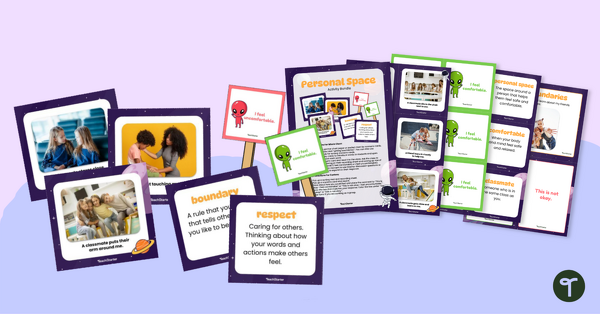
Personal Space and Setting Boundaries Activity Set
Learn about personal space and appropriate boundaries with this activity pack.
- Plus Plan
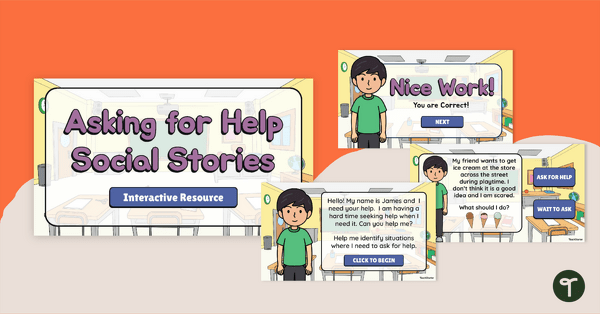
Asking for Help Social Story Interactive Activity
Identify whether a situation warrants asking for help straight away, or if it can wait with this interactive activity.
- Plus Plan
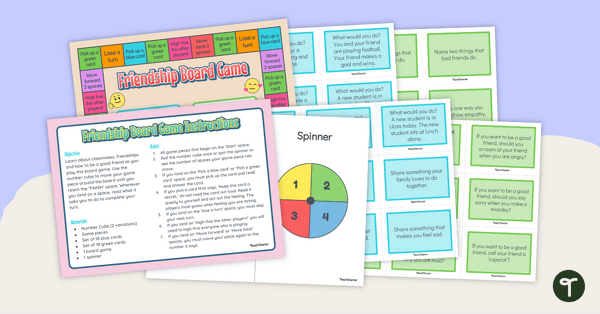
Friendship Fun! – Board Game
Discuss characteristics of healthy friendships as well as how to repair relationships with a fun and engaging board game.
- Plus Plan
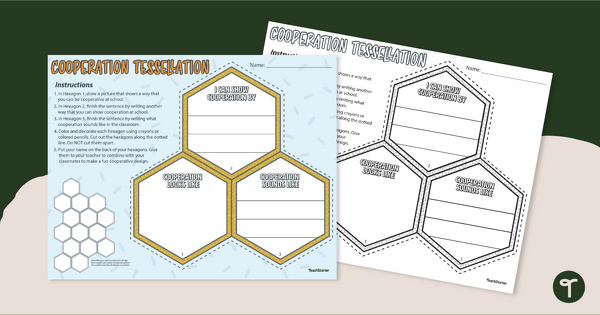
Cooperation Tessellation Art Project
Engage your students in practising the art of cooperation by having them create a collaborative tessellation project.
- Free Plan
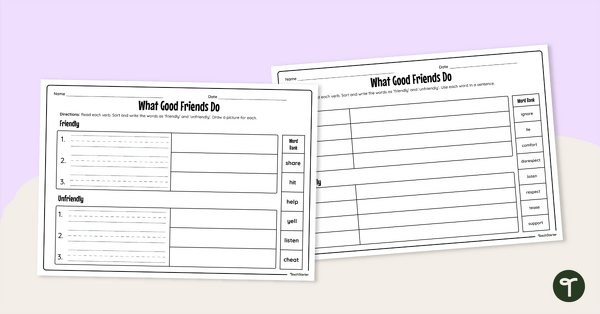
What Good Friends Do – Differentiated Friendship Worksheets
Sort verbs according to if they are friendly or unfriendly interactions with this friendship worksheet.
- Plus Plan
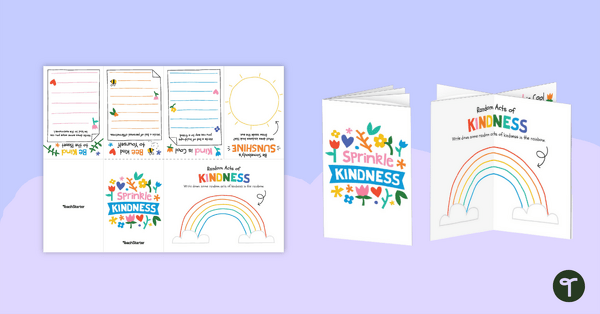
Kindness Reflection Mini Booklet
A printable kindness reflection mini book template for kids.
- Free Plan
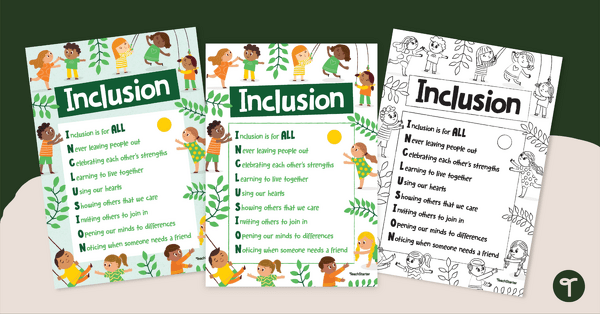
Inclusion Poster
A beautiful poster to spread the message that inclusion is for ALL.
- Plus Plan
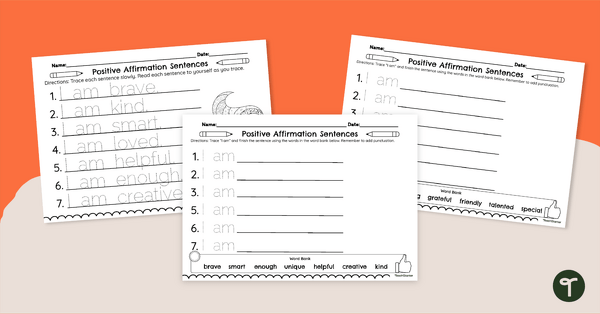
Positive Affirmations for Kids - Writing Worksheets
Complete and read allowed these positive affirmations for kids.
- Plus Plan
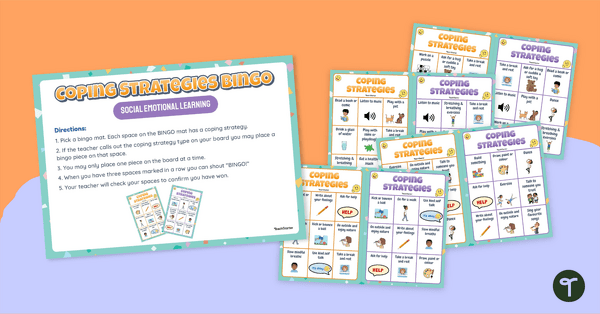
Coping Strategies Bingo
Identify and remember different coping strategies that can be used at home or in the classroom when feeling overwhelmed with an emotion.
- Plus Plan
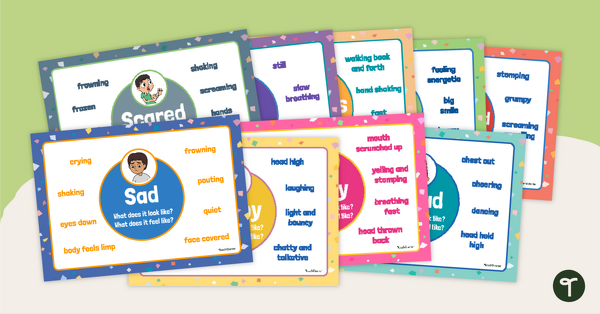
Characteristics of Emotions - Posters
Help students learn the facial expressions and body cues that accompany the most common emotional states with this set of classroom display posters.
- Free Plan
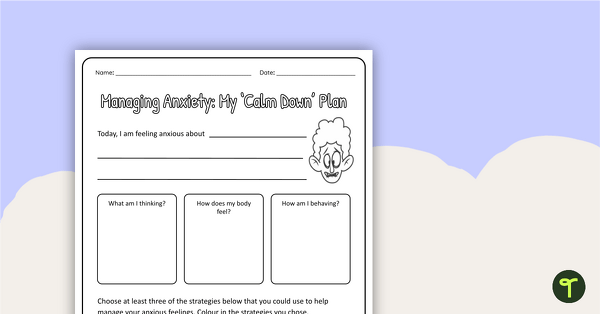
Managing Anxiety Worksheet (Lower Primary)
Help students identify and manage anxious feelings with this self-reflection worksheet.
- Plus Plan
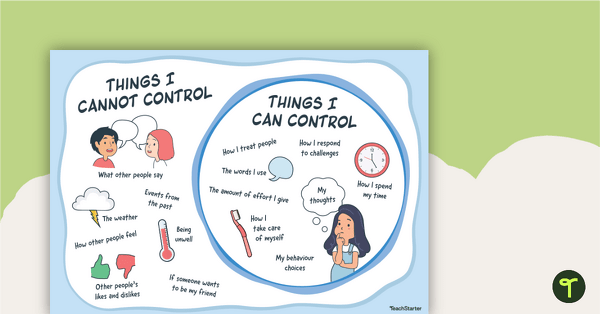
Circle of Control Poster
Display this poster in your classroom to remind students about the things in life they can and cannot control.
- Plus Plan
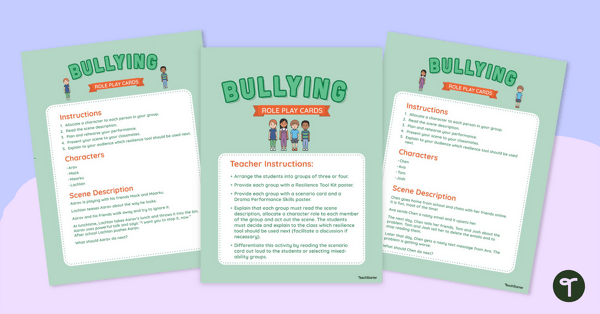
Bullying Role Play Cards
Equip students with anti-bullying strategies with printable role play cards that will help them recognise and respond to different types of bullying.
- Plus Plan
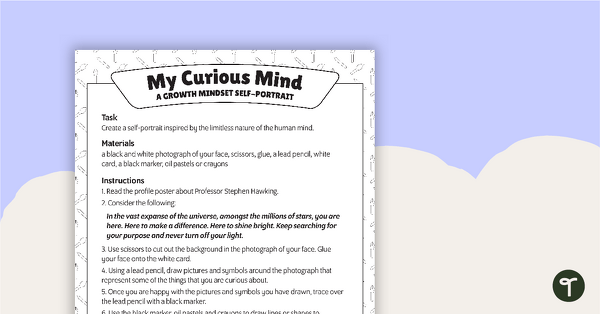
'My Curious Mind' Growth Mindset Art Activity
A creative visual art activity, inspired by Professor Stephen Hawking, to use when learning about growth mindset.
- Free Plan
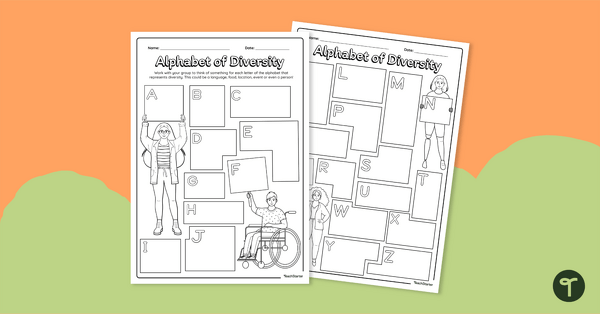
Alphabet of Diversity Worksheet
Celebrate diversity in your classroom with this alphabet of diversity worksheet.
- Plus Plan

Kindness Poster Set
Display this set of kindness posters in your classroom to help your students understand the power of being kind.
- Free Plan
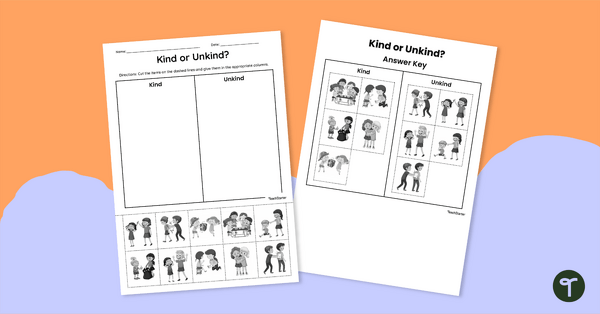
Kind or Unkind Cut-and-Paste Worksheet
Explore kind and unkind scenarios with your students using this engaging cut-and-paste worksheet.
- Plus Plan
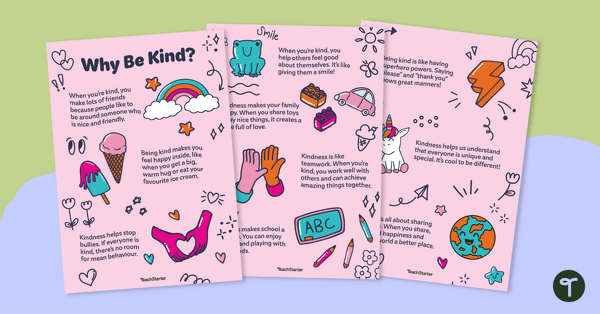
Why Be Kind Classroom Posters
Display this gorgeous set of kindness posters to teach students why kindness matters.
- Plus Plan
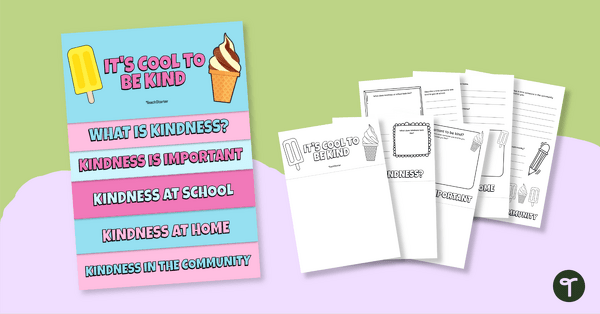
Kindness Flipbook Template
Learn about the different ways to be kind in a variety of places such as school, home and the community with this flipbook.
- Plus Plan
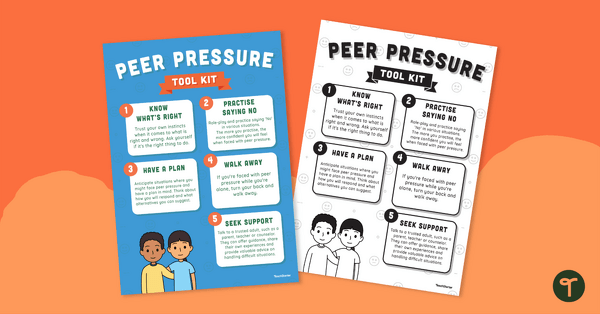
Peer Pressure Poster
Give your students strategies to deal with peer pressure by displaying and reviewing the tips on this classroom poster.
- Plus Plan
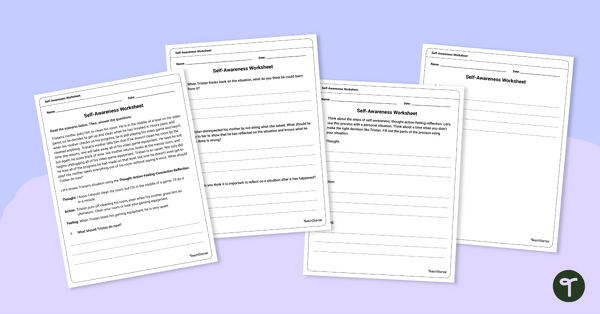
Self-Awareness Worksheet
Help your students build self-awareness by reflecting on the thoughts, feelings, and behaviors in the specific scenario outlined on this worksheet.
- Plus Plan
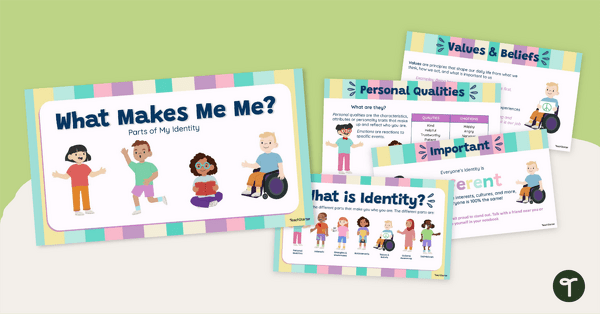
My Personal Identity Teaching Slides (What Makes Me Me?)
Explore what makes each student an individual and help them explore their own identity with this set of teaching slides.
- Plus Plan
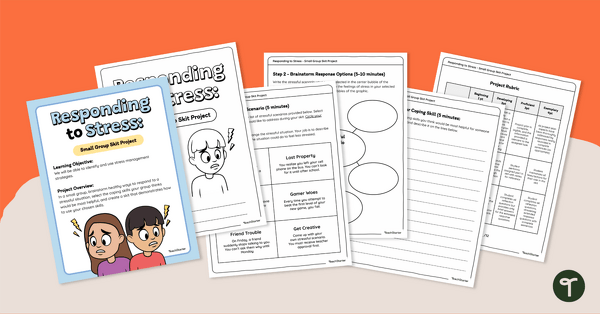
Responding to Stress: Small Group Skit Project
This small-group project lets students apply what they've learned about combatting stress by demonstrating practical coping skills.
- Plus Plan

The Power of YET Poster Set
Encourage your students to change their growth mindset with this set of posters.
- Plus Plan
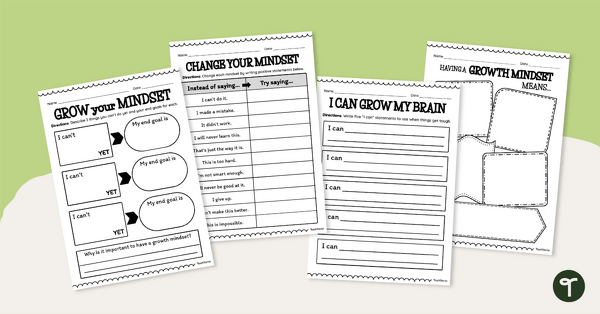
Growth Mindset Worksheet Pack
Help students change their mindset to a growth mindset with this set of worksheets.
- Plus Plan
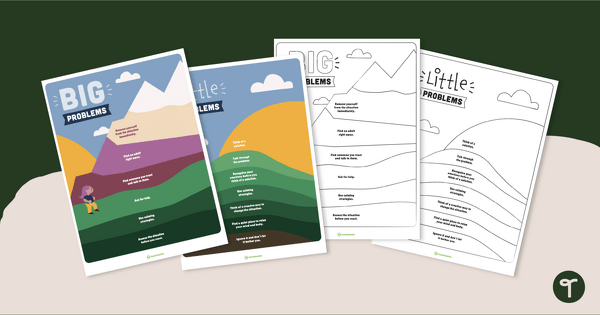
Big Problem, Little Problem Posters
Show different strategies for identifying and solving big problems and little problems with printable posters.
- Plus Plan
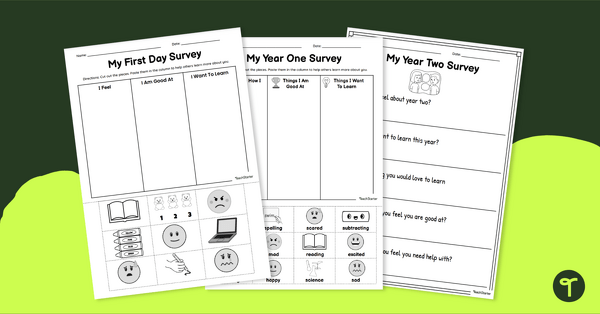
Back to School Surveys - All About Me
First Day of School Student Surveys.
- Free Plan
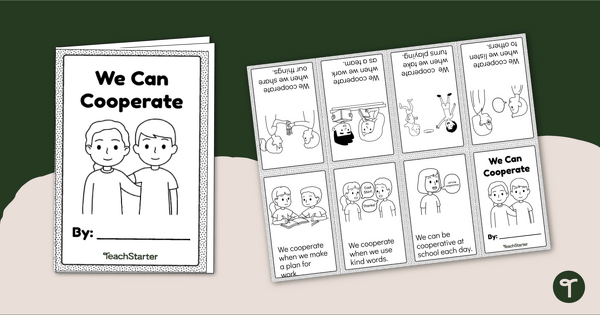
We Can Cooperate Mini Book
Read to learn about cooperative behaviour with a printable one-page foldable mini book.
- Plus Plan

Feeling Safe Mini-Book
Explore positive and negative feelings and what it feels like to be safe with this mini-book.
- Plus Plan
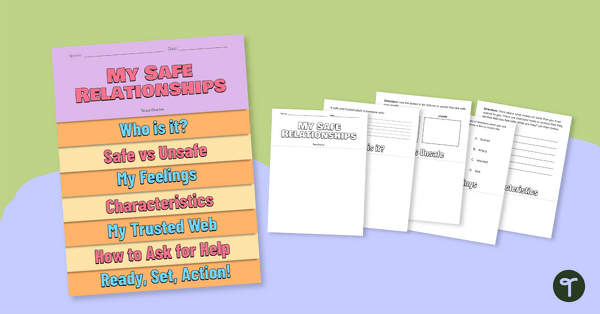
My Safe Relationships Flipbook
Explore what makes a safe relationship and who is in your trusted network with this flipbook.
- Social Emotional Learning Templates
- Social Emotional Learning Worksheets
- Social Emotional Learning Posters
- Social Emotional Learning Games
- Social Emotional Learning Labels, Signs & Decorations
- Social Emotional Learning Teaching Presentations
- Social Emotional Learning for Preschool/Kindergarten
- Social Emotional Learning for Foundation Year
- Social Emotional Learning for Year 1
- Social Emotional Learning for Year 2
- Social Emotional Learning for Year 3
- Social Emotional Learning for Year 4
- Social Emotional Learning for Year 5
- Social Emotional Learning for Year 6
- Social Emotional Learning for Year 7